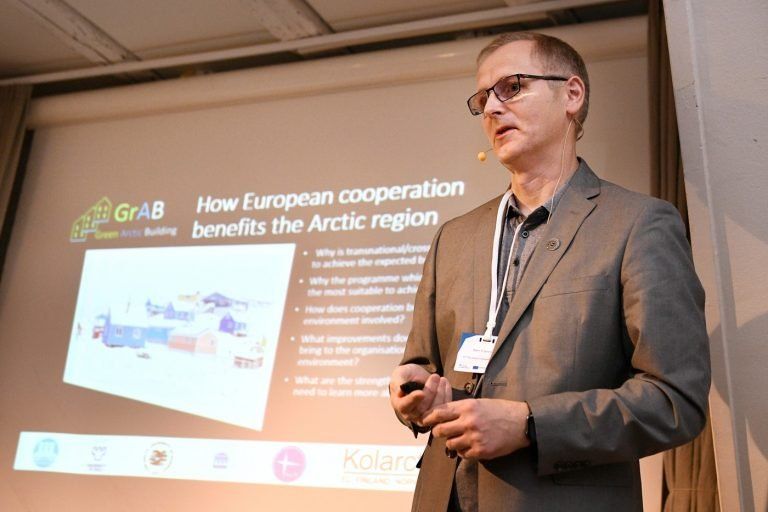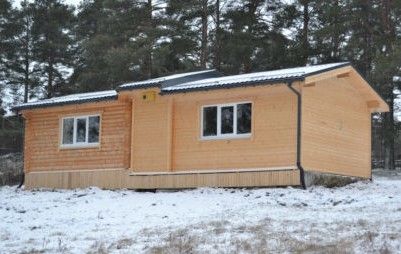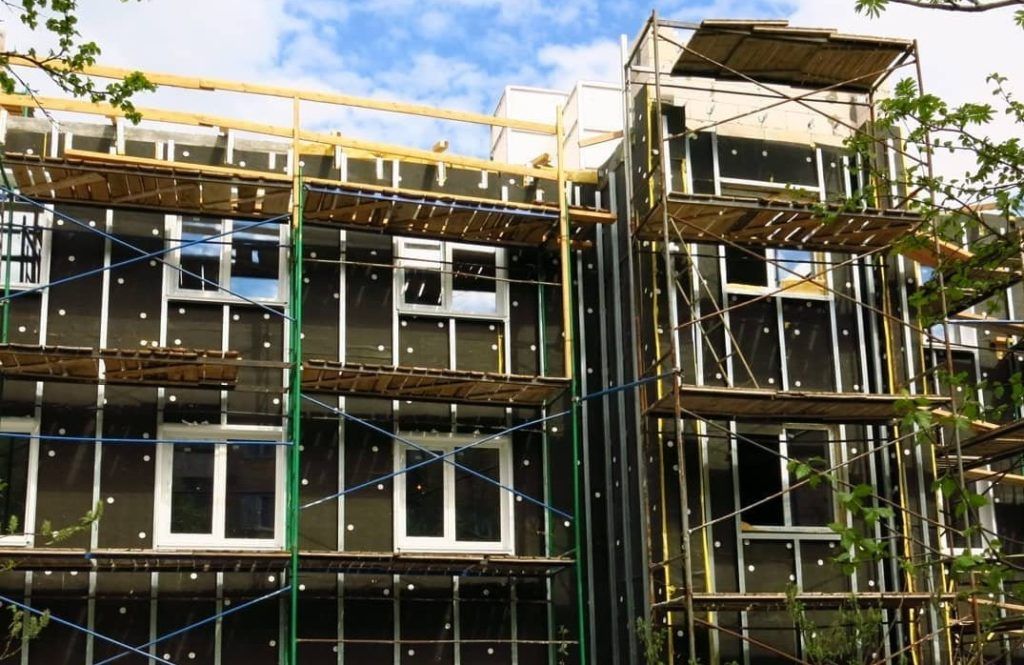Green and sustainable buildings to save energy and challenge the high north
“Life in the north is not always easy, and our regions are not always the most hospitable. From the distance everything looks like snow and skiing, but the urban environment is a totally different matter. The quality of buildings and housing is crucial for quality of life in our latitude”.
Bjørn R Sørensen, professor at the Arctic University of Norway.
On one hand the severe climatic conditions of the Arctic region pose specific requirements on building technologies, energy efficiency and implementation of sustainable construction principles in all countries of the Barents Euro-Arctic Region. On the other, an ageing population, growing demand for energy, risks of global warming and the unique vulnerability of Arctic ecosystems underline the need for common action.
These facts led five universities to cooperate in a project aiming to evaluate the urban environmental quality in their regions and to promote green and sustainable building standards.
It was not the first time that partners worked together on the topic; cross-border cooperation began many years ago. UIT (Arctic University of Norway) started already in 2005 with Russian partners on a first project on building technologies and knowledge transfer, including the construction of a Norwegian house in Archangelsk for demonstration purposes. In 2012 a project followed with Murmansk, Oulu and Umeå on “Sustainable buildings for the high north”.
In those common undertakings, partners identified many issues that set the path for the GrAB project. All countries face similar challenges, like severe weather conditions, increasingly unpredictable weather caused by climate change, ageing stock of buildings with poor energy efficiency, and an ageing population with changing needs. Yet, urban structures and standards differ considerably. Green building standards need to be adapted to the owner structure, standards and capacity of each country.
GrAB aims at creating excellence and innovation in the region on green and sustainable building standards; at increasing quality of life and housing comfort; and at enhancing the capacity of local stakeholders to introduce and maintain such standards. The project actions target local and regional authorities, private companies in the construction sector, building owners and students of related faculties.
GrAB is in the third year of implementation. In the initial phase the partners focused on evaluating the urban environmental quality, energy use and building standards in the four countries. It was necessary to make a comparison between existing environmental requirements, rules and regulations. The next step was the construction of two demonstration green buildings in Murmansk and Petrozavodsk, including performance audits and life-cycle assessments. This step will be followed by capacity building and knowledge transfer activities.

Cross-border cooperation is of great value for GrAB. While the participating countries face similar weather conditions, approaches and standards are very different. Thomas Olofsson, professor at the Umeå University in Sweden asks: “What would happen if we could transfer a Swedish building, built using the Swedish standards, to Russia? How would it perform according to the Russian standards? What would we change in the aftermath? There is so much we can learn from our partners. In Sweden we are very good in working with municipalities, but we need to work closely also with construction companies, which at the end of the day are the ones to implement the standards. Our Finnish university partners are excellent in working both with local authorities and the private construction industry”. Bjørn R Sørensen agrees: “So far in this part of Norway we are used to one-family, separate houses. But after 2010 less and less one-family houses are built; people get older and rather go to a multi-apartment building. This has been the standard in Murmansk for decades. We can learn a lot from our Russian neighbours.”
 In addition to common learning, common doing is also important. The two “demo”green buildings are central in the whole effort: students from the universities of the two cities will have the opportunity to see green building technology “in action”. Dissemination and awareness are also an integral part of the project: publications, trainings, seminars and the “demo” buildings are incorporated in the work plan. The ultimate result is that stakeholders in the Arctic region will fully integrate “modern green” thinking in planning and operating settlements and buildings.
In addition to common learning, common doing is also important. The two “demo”green buildings are central in the whole effort: students from the universities of the two cities will have the opportunity to see green building technology “in action”. Dissemination and awareness are also an integral part of the project: publications, trainings, seminars and the “demo” buildings are incorporated in the work plan. The ultimate result is that stakeholders in the Arctic region will fully integrate “modern green” thinking in planning and operating settlements and buildings.
Project partners agree that there is still a lot to learn. Thomas Olofsson points out that “…sustainability is not a short-term project: settlements and buildings constructed today will influence sustainability for decades. A continuous dialogue between research, local authorities, companies and citizens is necessary to identify needs, challenges and joint solutions. Cross-border cooperation seems to be the right framework for the continuation of the dialogue”.
